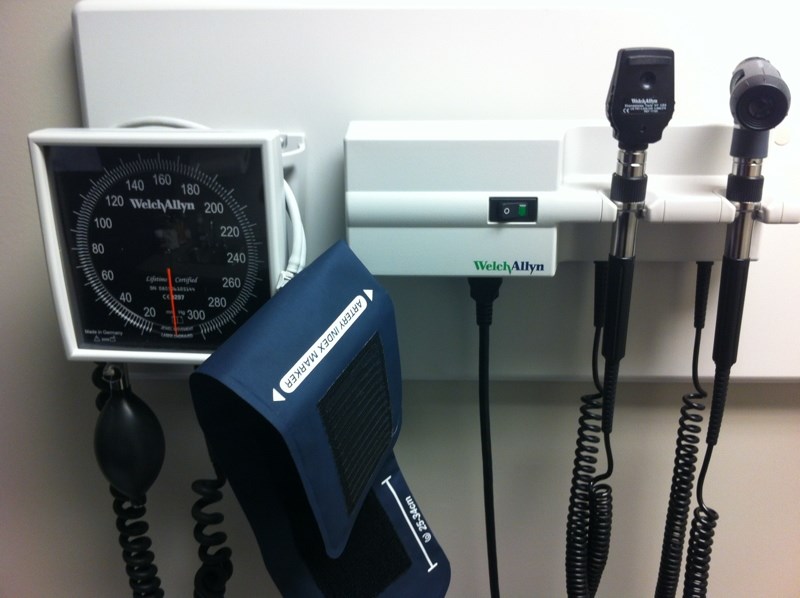A commentary by a family physician who has been practising in B.C. for about 30 years.
When I came here, it was easy for people to find family physicians who would give comprehensive primary care. This situation has changed dramatically and there are clear reasons for it.
People are very frustrated because they cannot find clinics to offer comprehensive care. Many people think there are too few family physicians, but this is patently wrong. There are enough physicians, but there is flawed societal organization applied to them.
As an example of this, it is fairly easy to find a walk-in clinic, and now telemedicine is emerging as a player as well. You can go online and hook up with a generic physician in a brief medical visit.
As well, if you go to a cannabis dispensary you will probably be interviewed by a physician. Private corporations are invading the health-care scene as well, and this means there is money to be made in health care. Corporations are employing family physicians en masse to make them money.
All the physicians who should be giving people comprehensive primary care (such as traditional family physicians), are working in these other structures. This is happening because of inept organization and payment of family physicians by government.
The world has changed a lot in the past 30 years, but instead of changing with the times, payment systems and effective management of family physicians have been rooted in the past.
Government is trying to solve the problem by developing primary-care networks. These structures closely resemble the community clinics that former Saskatchewan governments put together 40 years ago. These clinics failed miserably in Saskatchewan because they were top-heavy with bureaucrats and failed to have true physician leadership in the health-delivery aspect.
The answer to the problem is there, but it is ignored by government so far. This answer is to offer family physicians, pharmacists and nurse practitioners financial incentives to create the system that our society needs. The organization of primary care should look like this:
1. Clinics owned by the physicians, pharmacists and nurse practitioners who work in them … and not by corporate entities.
2. Clinics that are large enough to meet all the needs of their patients. This means 24/7 availability of health providers attached to each clinic to meet their patients’ needs.
3. Clinics that operate with electronic medical records and that operate across multiple sites to accommodate easy access by the patients registered in each clinic.
4. Clinics that can broadly and adequately be monitored by government (which is the funding component), to ensure that the clinics are meeting appropriate standards of care.
5. Clinics that have a well-defined patient base and which can guarantee comprehensive primary care delivery … free from excessive government bureaucratic involvement.
6. Clinics that can deliver these components should therefore mandate that their patients exclusively get care through the clinic which the patients are attached to. This would require government to deny payment for services if a patient went somewhere else for primary medical care.
The ultimate result of this organization would drive physicians away from working in walk-in clinics, cannabis clinics, telemedicine sites, and from being employed in a for-profit corporate structure.
By offering the proper financial incentives and by offering sober leadership to help physicians, pharmacists and nurse practitioners organize into comprehensive clinics as outlined above, the deep flaws that are present in primary care could be corrected.
Health practitioners have spent a lot of time educating themselves in the proper management of people’s health.
They have not received training for organizing into the best structures to deliver that service.
The role of government is to show leadership to make this happen.
It could happen a lot easier than government bureaucrats actually believe, but they need to think in new ways.



